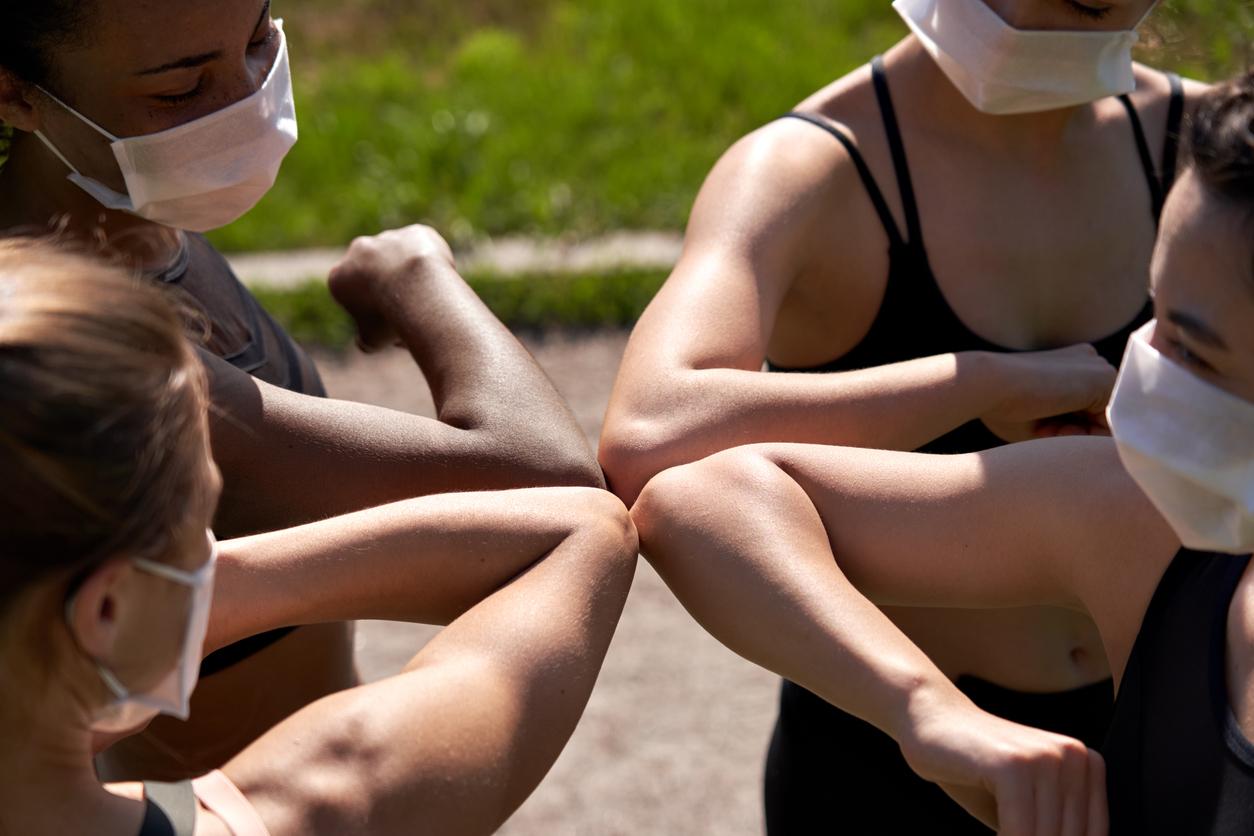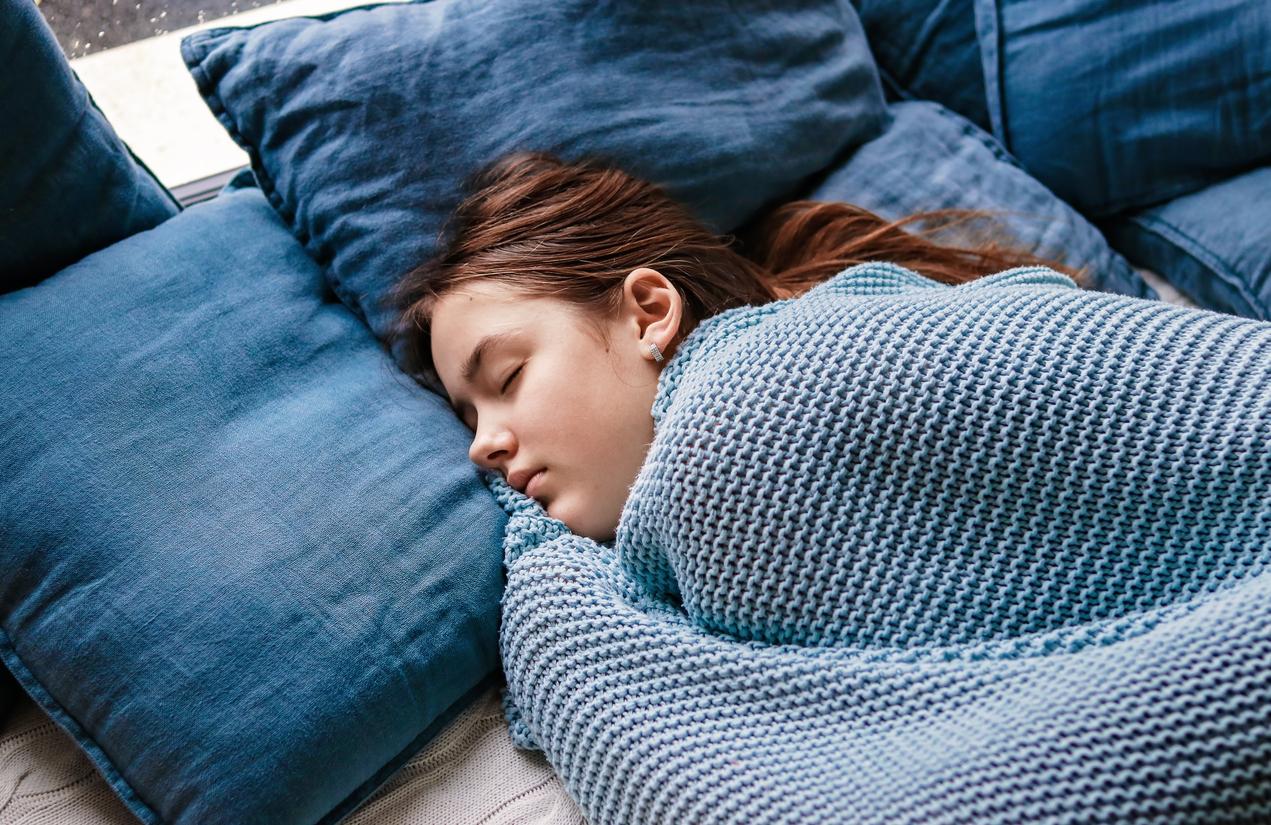Why Doctor gives you four facts about these unsightly pimples that annoy 15 million French people, including a large number of teenagers.

- 15 million French people are affected by acne.
- These pimples are caused by the bacteria Propionibacterium acnes.
- Teenagers and women are the most affected, some people are completely spared.
In 2018, scientists announced that they had successfully developed an acne vaccine in mice. How do these pimples form? Why does acne most commonly affect teenagers? Why are women more affected? Why are some people spared?
The formation of the acne pimple
The appearance of pimples at the level of the hair follicle is due to an excess of sebum, which flows to the surface of the skin, making it more oily. The pores can then become clogged, resulting in the appearance of blackheads or comedones or white microcysts. The development of inflammation within the follicle and the infection of it by the bacteria Propionibacterium acnes then leads to pimples (papules, pustules and nodules).
Inflammatory disease of the pilosebaceous follicle: ladolescents are the most affected
During puberty, androgen male sex hormones increase, causing an excess of sebum in the sebaceous glands, which creates a favorable ground for the multiplication of Propionibacterium acnes. Acne, which is an inflammatory disease of the pilosebaceous follicle, affects 80% of 12-18 year olds in France.
Women more sensitive than men to the appearance of pimples
After puberty, you might think acne is over. However, the problem persists into adulthood in almost half of women. Some women experience pimples appearing on their face two to seven days before their period. Indeed, hormonal fluctuations are very involved in the appearance of acne.
Contraception can also play a role. Because some pills contain in particular progestins likely to produce and aggravate acne (gestodene, desogestrel, norgestrel, levonorgestrel, norgestrienone, norethisterone, lynestrenol). Conversely, stopping birth control can damage the skin, just like pregnancy or menopause.
Acne in women can also be linked to ovarian or adrenal dysfunction. In the case of polycystic ovaries, for example, affected women experience other equally bothersome symptoms, such as increased hair growth or menstrual irregularities.
According to some scientists, stress can also play a role in the development of acne in women (there is also some evidence that it may affect hormone levels).
Finally, beauty products are often blamed for their harmful role. Excessive use of makeup can damage the skin.
Some people don’t have acne
According to one American study published in the Journal of Investigative dermatology in 2013, some people never have acne, this inequity would be due to individual differences in Propionibacterium acnes. Because while it is present in all individuals, the strain of bacteria varies from person to person. Indeed, researchers at the University of California at Los Angeles (UCLA) have distinguished two distinct layers of the Propionibacterium acnes in acne-prone volunteers, while those with clear skin also had a third layer, present only in them. “We believe that this strain has a natural defense mechanism that allows it to recognize its aggressors and destroy them before they infect the bacterial cell (…). This strain of P.acnes could protect the skin, from the same way live bacteria in yogurt help defend the gut against harmful microorganisms”, develop researchers.
















